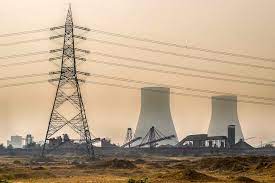Coal emission whitepaper
As the energy sector’s single largest source of carbon dioxide emissions, coal is at the heart of the global conversation on energy and climate. All scenarios modelled by the International Energy Agency (IEA) for the future of energy supply and demand that are consistent with international climate goals feature a rapid decline in global coal emissions. Without such a decline, it will be impossible to avoid severe impacts from a changing climate.
IEA’s new analysis in this World Energy Outlook Special Report makes clear, more than 95% of today’s global coal consumption occurs in countries that have pledged to achieve net-zero emissions. At the same time, however, the data show that the world is far from heading decisively in that direction. Global coal use and emissions have essentially plateaued at a high level with no definitive signs of an imminent reduction. In fact, coal use in some countries has seen a modest uptick as a result of the current global energy crisis. Even if this is temporary, as our analysis suggests, it is a worrying sign of how far off track the world is in its efforts to put emissions into decline towards net zero – especially the narrow‐but‐ achievable goal of doing so by 2050.
The current situation in energy markets underscores the huge challenges of reducing emissions while maintaining energy security. Renewable energy options, such as solar and wind, are the most cost‐effective new sources of electricity generation in most markets, but despite their impressively rapid growth in recent years, they have not yet brought about a decline in coal’s global emissions. Reducing global coal emissions while ensuring reliable and affordable energy supplies and tackling the social consequences of this change will require a dedicated and determined policy effort by governments. Multiple challenges remain. In many countries, the way in which markets and contracts have been designed mean that coal plants are effectively shielded from competition. In the industrial sector, accelerated innovation is crucial to bring to market the technologies needed to drive down coal emissions in key areas such as steel and cement.

